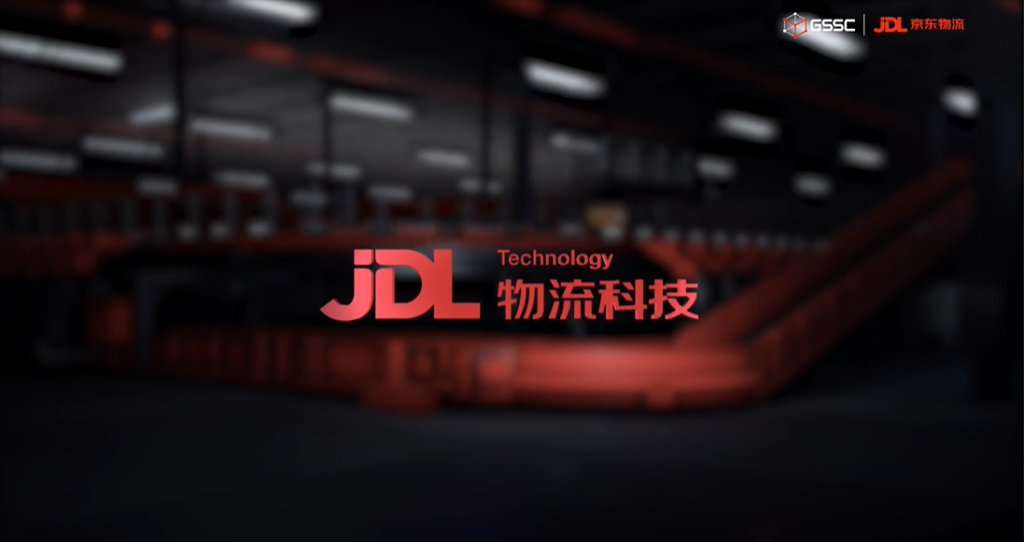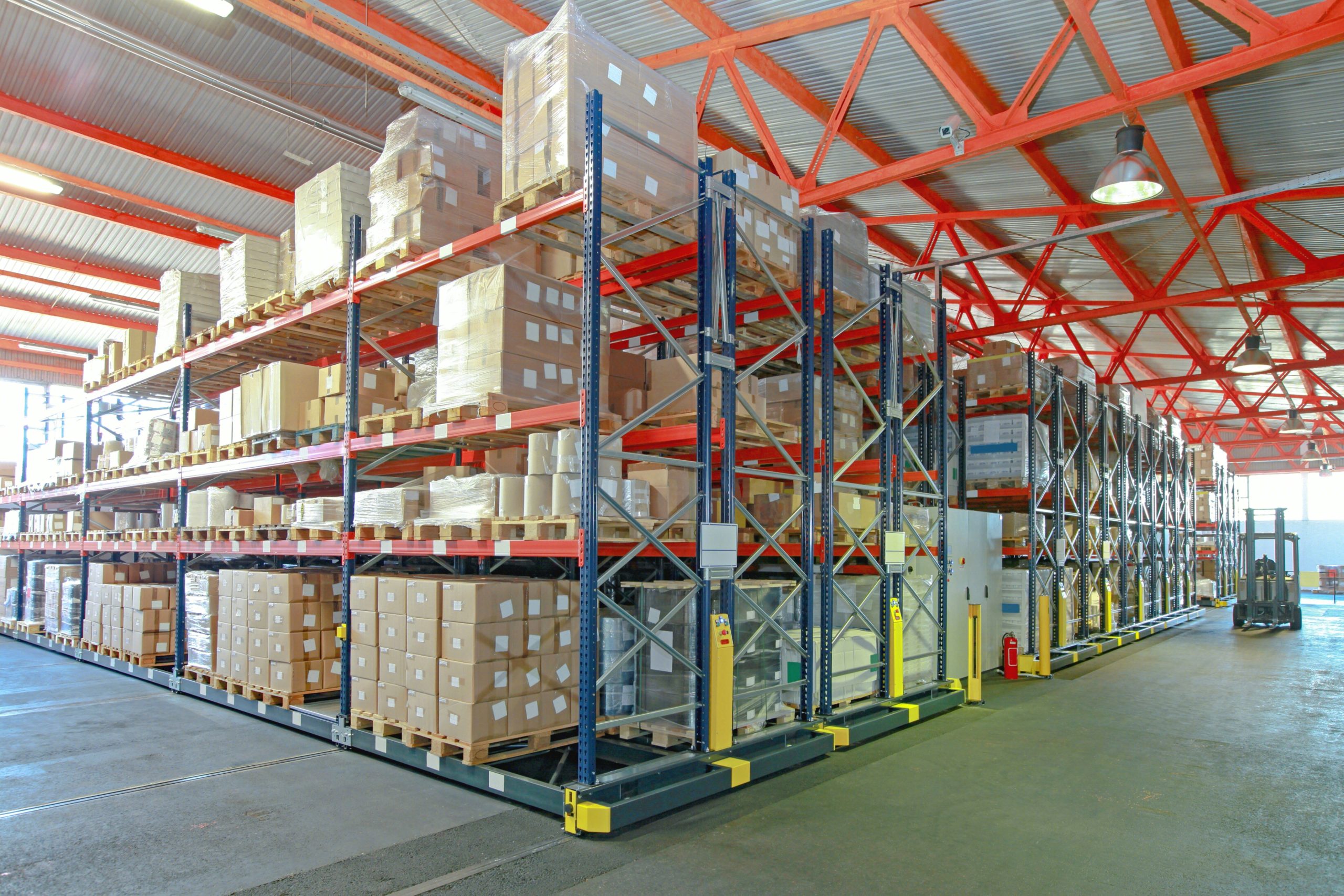by Ling Cao
As this year’s Singles Day shopping festival period kicks off, JD’s anti-counterfeit system Hubaochui (护宝锤, literally means hammer to safeguard treasures) has enrolled 320 reputable brands, each with annual sales of RMB hundreds of millions yuan.
Leveraging algorithms, the system will notify brands when fake products are being sold by third-party merchants, including issues like false advertising of the brand name. After a merchant is confirmed to be selling fake products or infringing on a brand’s intellectual property, the merchant will be punished accordingly.
Previously, when brands identified a merchant selling fake products, the brands needed to submit an application to JD’s platform, and wait while JD verified the validity of the complaint. The Hubaochui system greatly improves anti-counterfeit governance efficiency.
Youpin, a leading brand under Xiaomi, is an example of a brand that has benefited from this system. Two years after joining JD, Youpin’s annual sales have increased from RMB 12 million yuan to their current annual target of RMB 150 million yuan. With this success has come several merchants attempting to take advantage of the Youpin name, by including the brand’s name in their product description despite having nothing to do with Youpin.
“Previously we had to find such problems manually, and then we would need to go through a tedious process to address the issue,” Jinhua Yang, manager from JD’s Youpin flagship store said. “The new platform has addressed those challenges and has helped to clean up the market environment, and improve our brand’s influence. Till now, we have saved nearly RMB 400,000 yuan in potential losses as a result of the system’s help.”
Bo Wang, head of rules and governance at JD’s platform business said, “JD holds zero-tolerance for counterfeits goods. During this Singles Day, in addition to the existing system, JD has also provided other methods to identify abnormal purchasing cases and build merchants’ credit system. These policies were designed to create a healthy, fair and transparent ecosystem, which aims to be trusted by brands, merchants and customers.”












